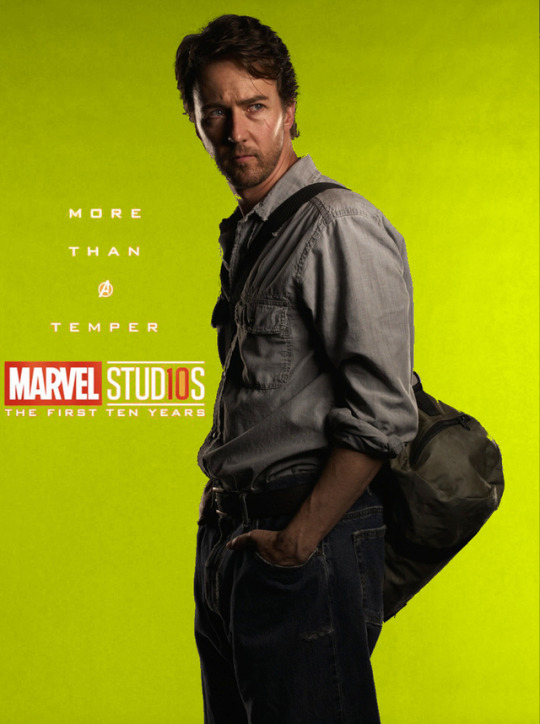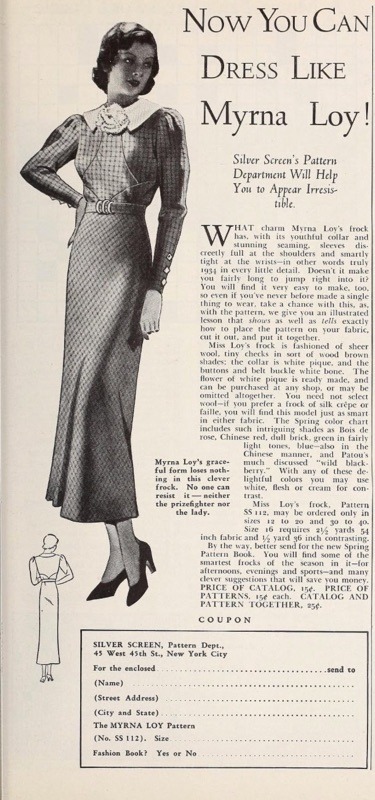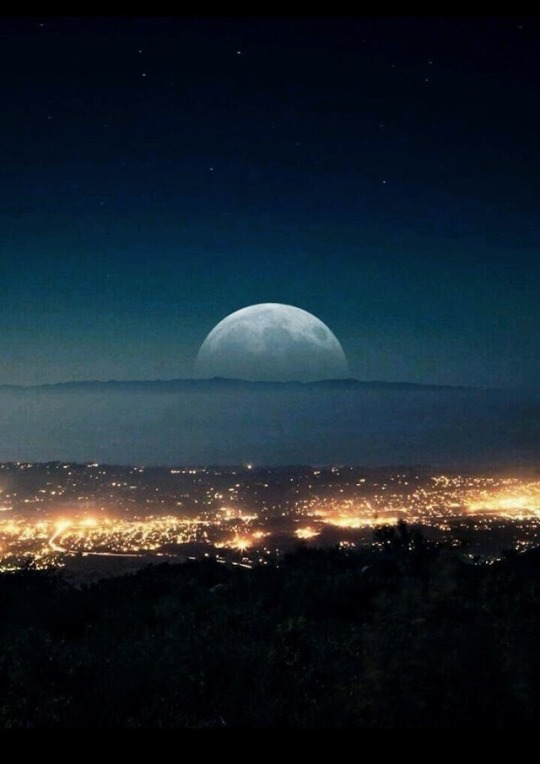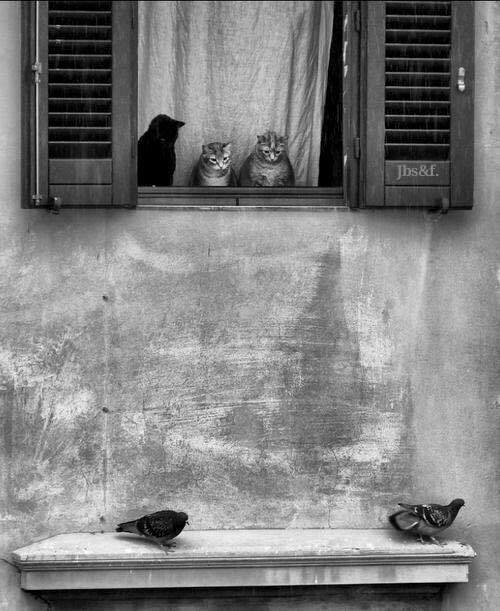Or: How I Learned to Stop Worrying and Love Digital Pack Ratting
Don't wanna be here? Send us removal request.
Text

A vibrant painting of a swamp teeming with life, showcasing towering cypress trees draped with Spanish moss, their reflections mirrored in the still water, all under a canopy of lush green foliage
#SwampArt#CypressTrees#SpanishMoss#WaterReflections#GreenFoliage#SwampLandscape#NatureArt#VibrantPainting#Ecosystem#WildlifeHabitat#waterlogue#midjourney#wall
0 notes
Photo
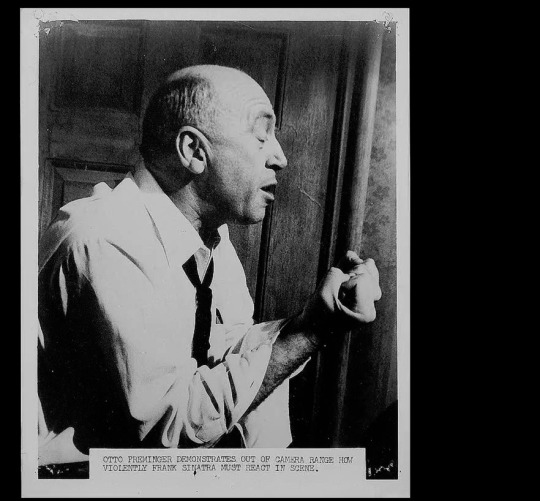
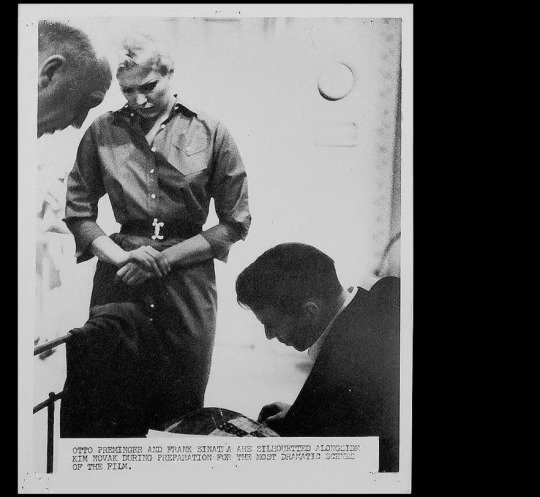


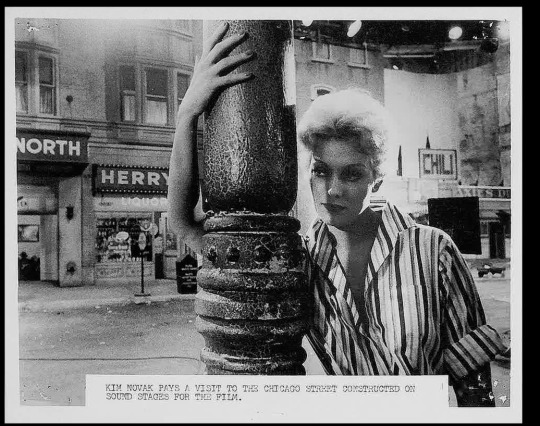
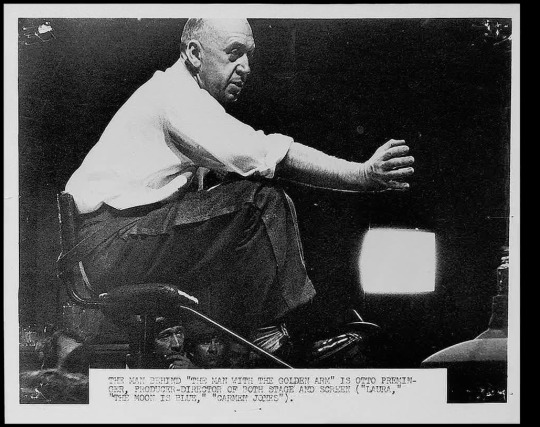
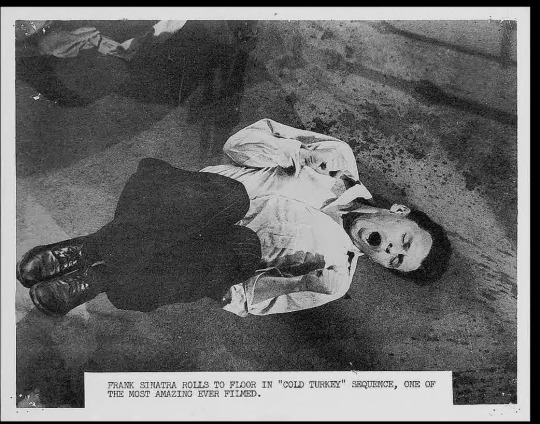
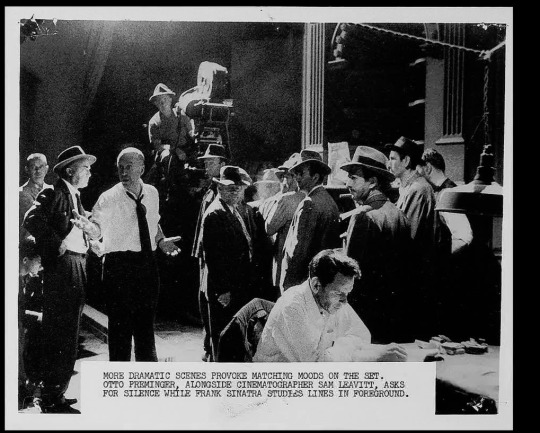
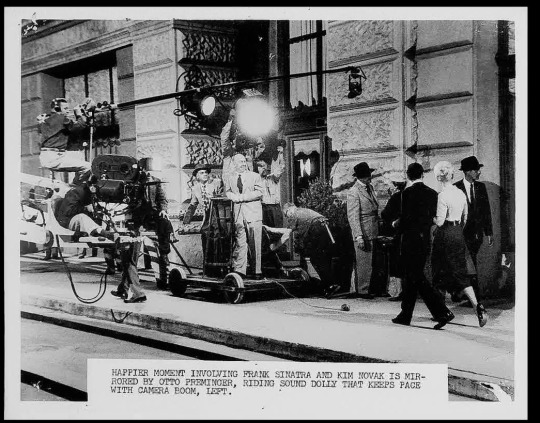
The Man With the Golden Arm, Part 4
4 notes
·
View notes
Photo
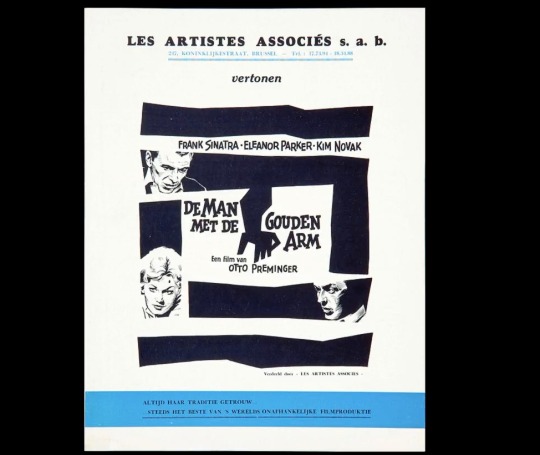
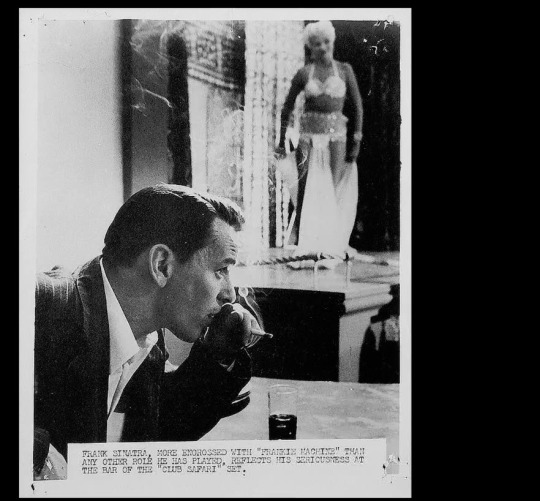
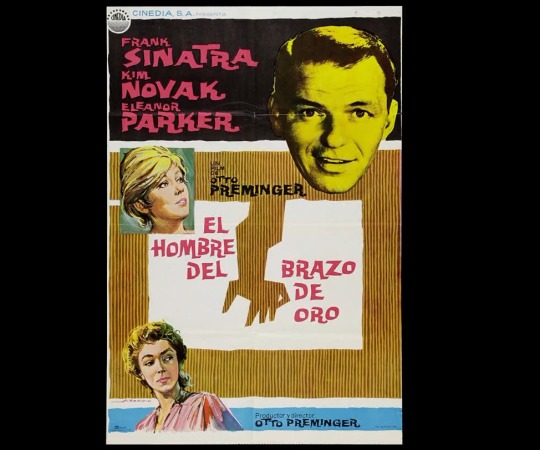
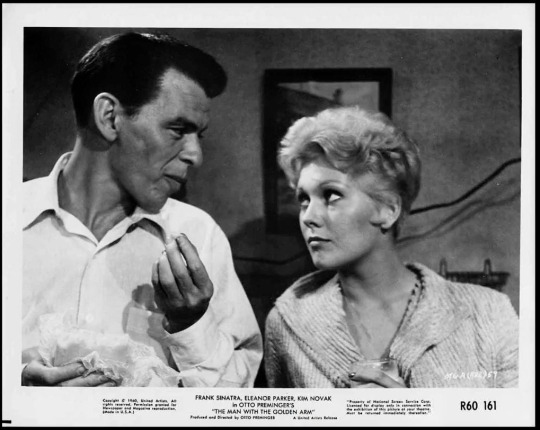
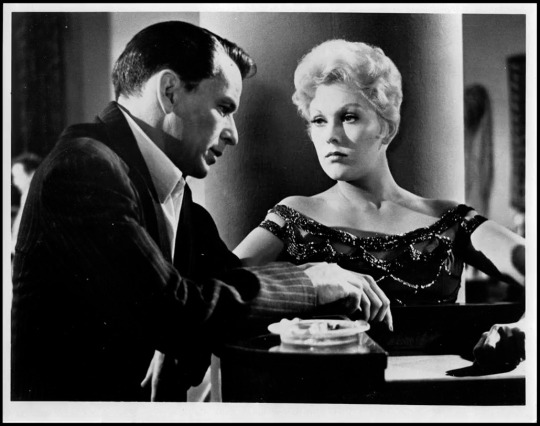

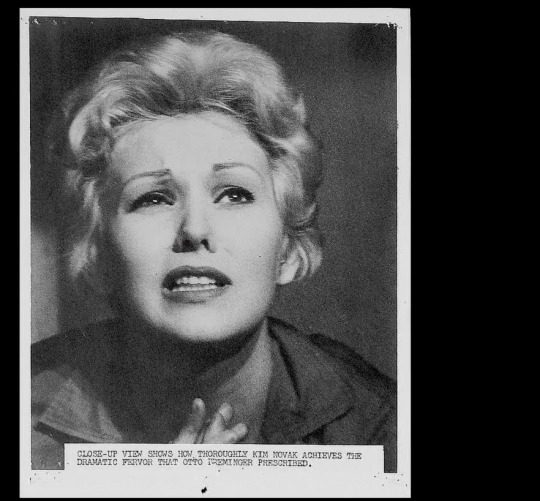

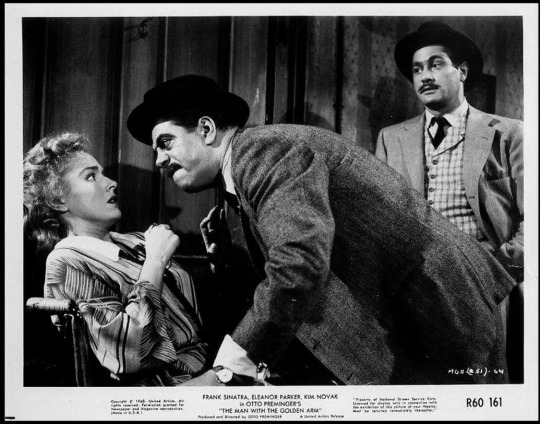
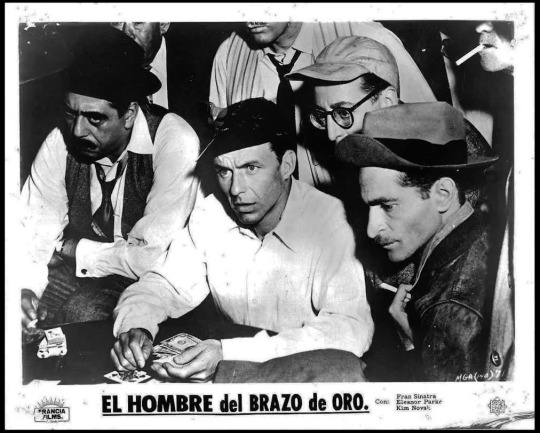
The Man With the Golden Arm, Part 3
4 notes
·
View notes
Photo
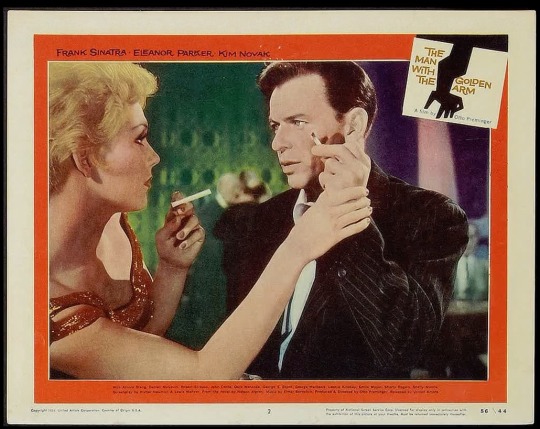


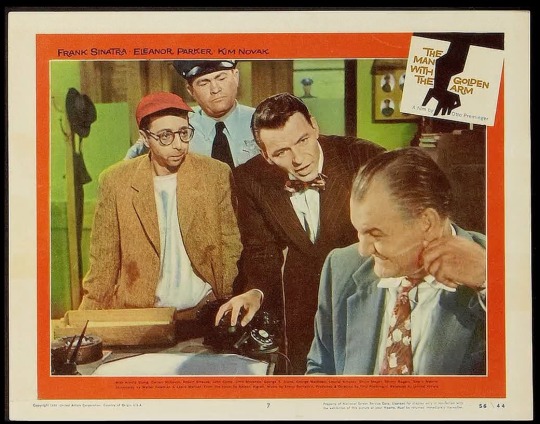
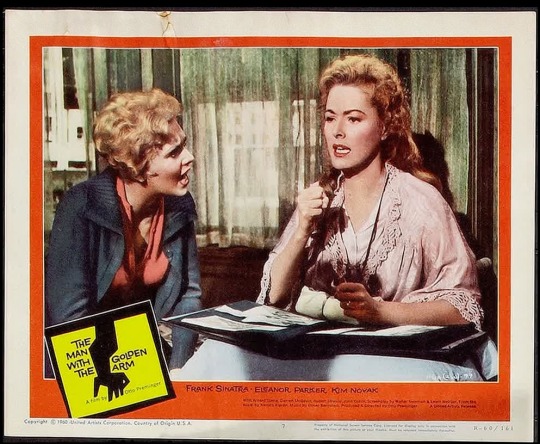

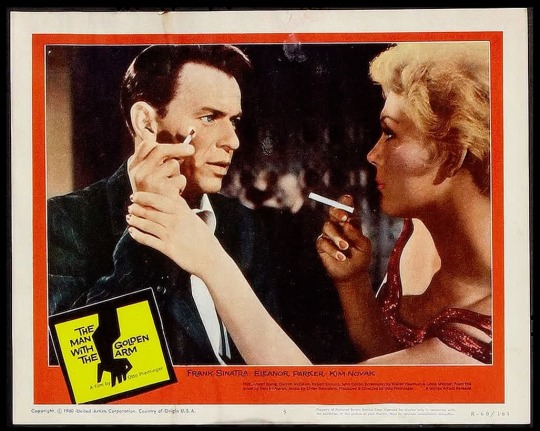
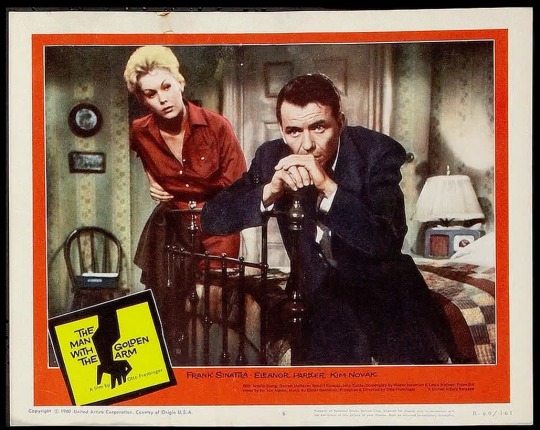
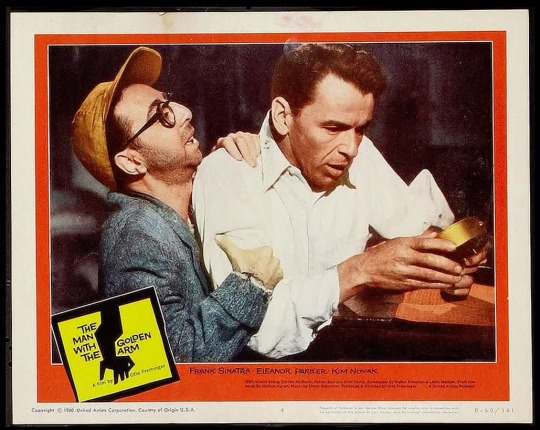

The Man With the Golden Arm, Part 2
2 notes
·
View notes
Photo
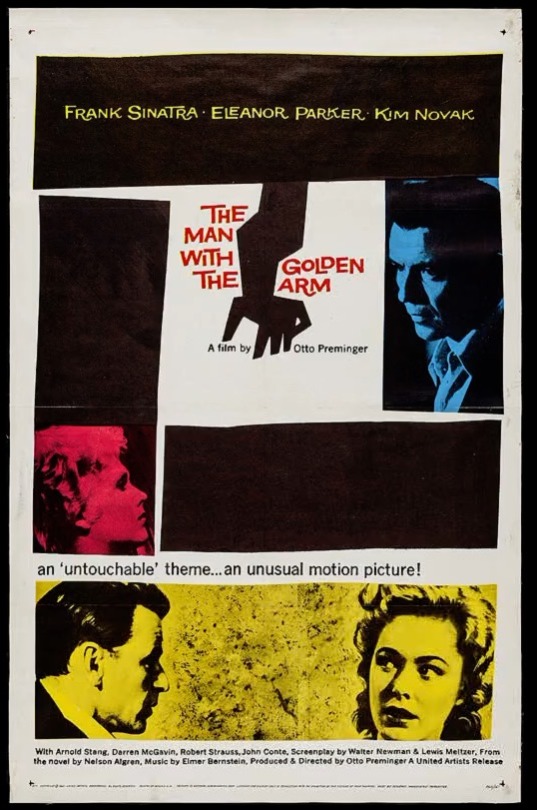
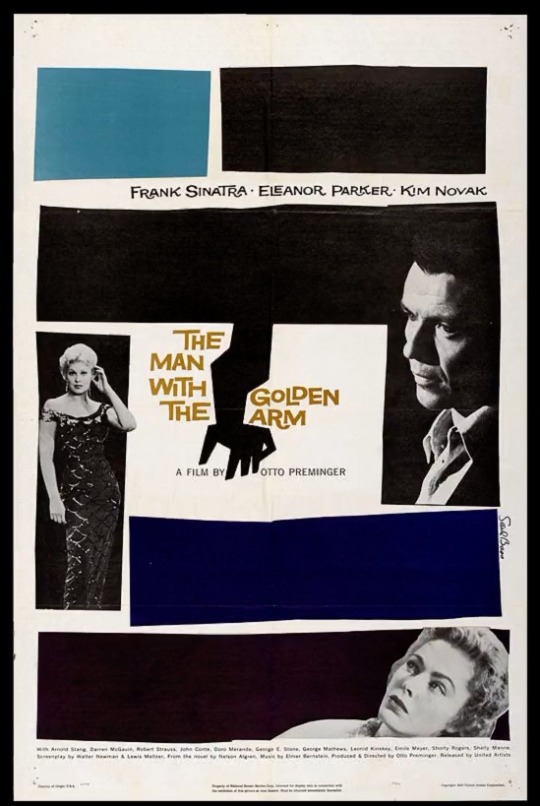
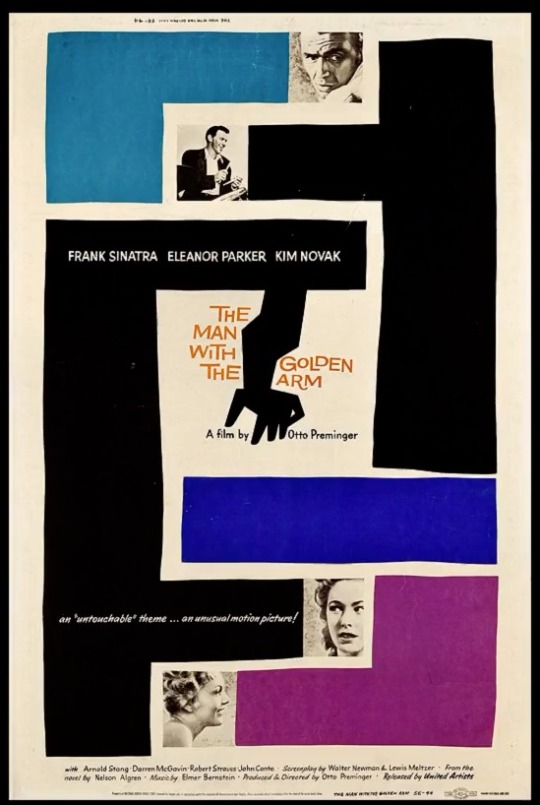
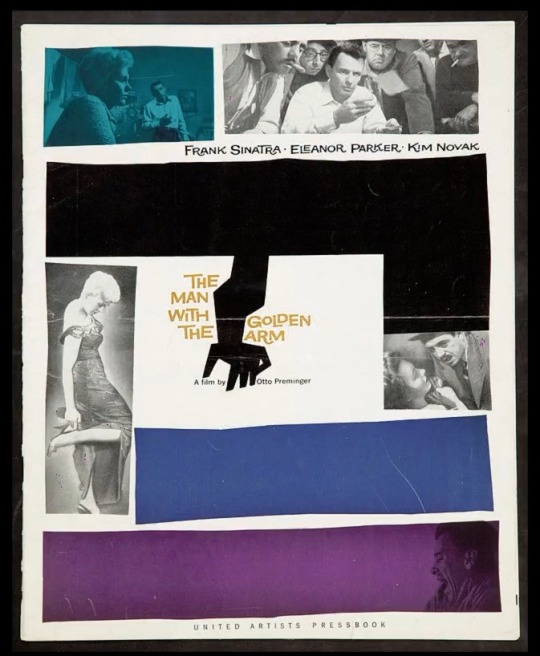
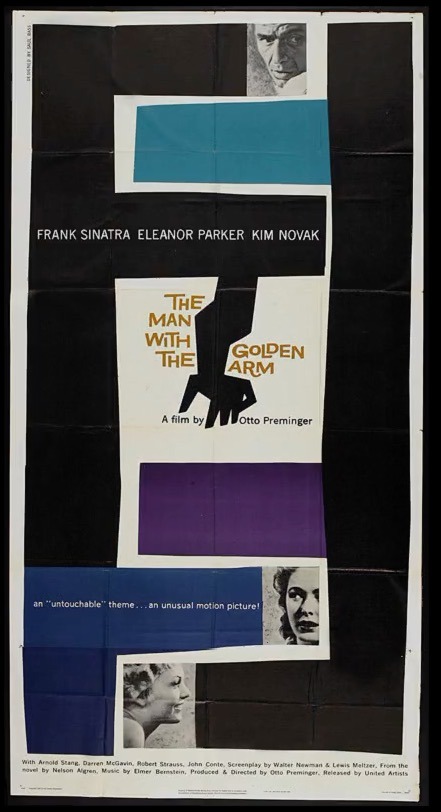
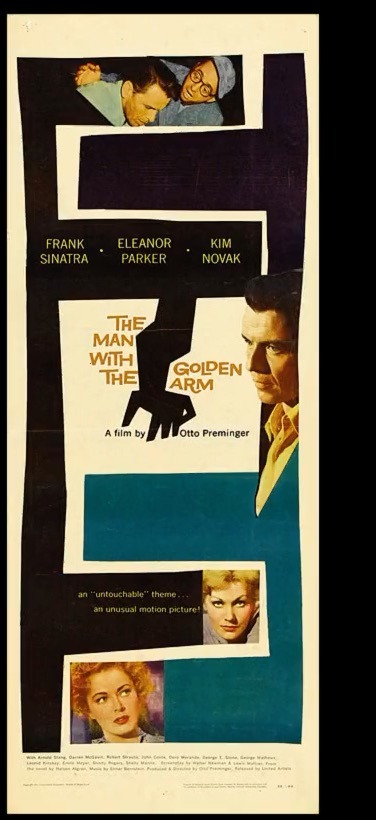
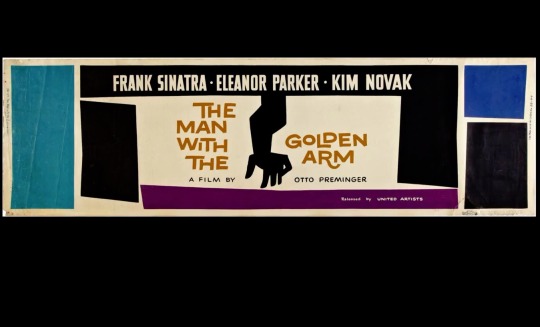
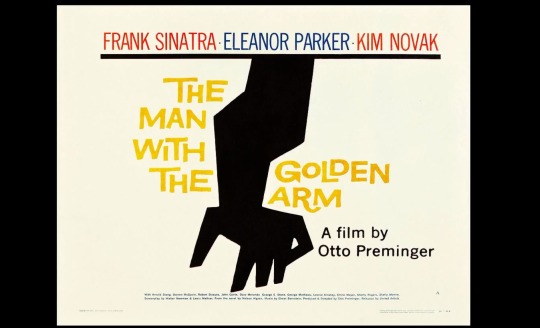
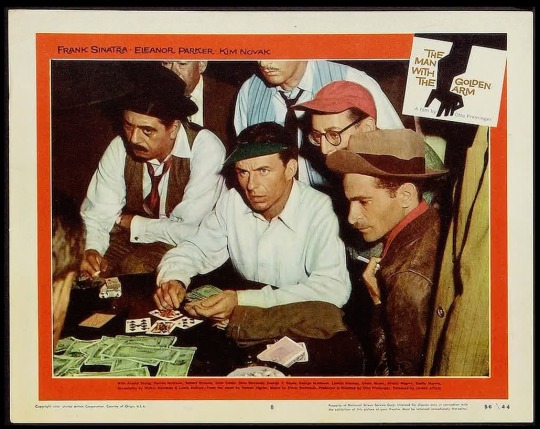
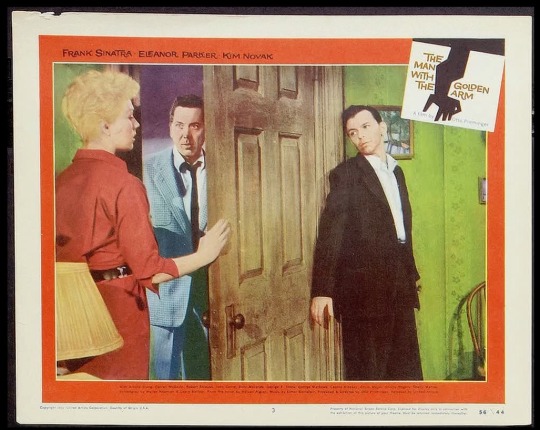
The Man With the Golden Arm, Part 1
2 notes
·
View notes
Text
Kai Eric interviews Charlie Ahearn at Times Square in 2007
Hi my name is Charlie Ahearn and the director of this short which you're about to see which is doing time in Times Square and I just wanted to tell you some things about you know what the context of this movie was my wife painter Jane Dixon and I had moved to this location which was 40 on 43rd St. and eighth Avenue we moved there around late in 1980 and the purpose of our moving there was basically I was setting up the office and headquarters of what was going to become the wild style production office and Times Square at that time was like a place where kids fried came from all boroughs around New York City from Brooklyn from the Bronx and they came to 40 deuce 42nd St. to watch kung fu movies to watch you know to hang out to buy Cheebo whatever they were doing there was an enormous amount of street activity on 42nd St. and I was frankly totally fascinated by the street and that the cruise that would hang out there and I just made a movie called the deadly our survival which I always thought of as a sort of art film version of a lot of the kung fu movies that were playing on 42nd St. so so what I wanted to talk about was doing time Times Square which was shot after the birth of my son Joseph and he was born very early in 1986 and up to that point I had made everything on film and because of the birth of my son I bought this video camera and you know is every proud dad does and the video camera was around and I was again I was very bad at sleeping at night and the 42nd St. at that time had a night scene that would bear basically go all night long from like 12 o'clock at night until six the next morning there were cruising groups of people wandering around in the street up to all kinds of things there was a transvestite bar right under where we lived on 43rd St. which was called the Rose Saigon people there that were there there were scenes in Jenny Livingston made a movie called Paris is burning and there there are so a few scenes that happened right down under Mike it at my building and so there were transvestites all over running around the streets there were fights going on having to do with no drug deals that went bad because of the nature of the street traffic there was a kind of personal parade of tragedy going on my window which I found to be both really moving and fascinating as a five why your eye my eyes off of what was happening often there at night you know specially if some there were some kind of noise or sometimes like I remember there was a no Bismarck eMusic woke me up in the middle of the night I looked up and there was a whole dancing in the street under my window so I felt at that time like I really didn't have to read a magazine or read a newspaper or anything if I wanted to know what was going on I looked outside my window and that was for me I me during this time I was doing things like I was distributing wild style I was working on a number of other film script projects and this is kind of a movie that snuck up out on me it was kinda like II would say to people that was a movie that I composed while I was sleeping in other words I would be sleeping and some transvestite would be screaming outside my window and I would jump out of bed fly open the window and lean out with my video camera before I even saw what was going on and start shooting whatever it was that was going on and after you know I year of doing this P whenever people would come over to visit and at dinner at my house I would always whip out the video camera and show what was the latest stuff you know people they so know what's happening and I'd show them videos and the videos were all mixed up there was like home video footage of my kids and there was like some guy's loving someone under my window and all the stuff was all they are together in the same roles and I came up with this idea of presenting it basically as a like an extended home movie which in a sense it is it's like I home movie written large of a kind of.. Which is all but disappeared from New York City and when we look back at this footage I'm you know nostalgic lady not only looking at the birth and development of my children is very young growing beings and my home life but I'm also nostalgically looking back at a whole life that was going on in Times Square which is completely disappeared now that Times Square is been sort of Disney five in the last decade and it truly is kind of a you know a slice of life of you know a New York City slice of life time gone I I just stuck this shot of Laura Bush there because she's doing the square pose but you know for the sake of Jamal Shabazz is the photographer and out of respect for our home voice here this is 42nd St. taken around 1980 at the time when Jane and I were living there and this is much the way I look down the street no Jane studio was right up here of sizzling chicken the building itself with 12 floors of beautiful open space and the Windows out on eighth Avenue looked over at show world and we had the complete Parade of eighth Avenue was kind of at that time the sort of grime crime capital of New York City you had drugs you had you know hookers of various stripes there was all kinds of action out on eighth Avenue especially between 12 o'clock 6 o'clock the next morning and then if you moved around the other way you had across the street was this the Times Square motor launch was a place which was Shirley another criminal activity this time on the count of some hotel years who had basically made a deal with the city to rent out rooms at exorbitant rates at welfare recipients so you had the entire place feeling up with some of the worst case welfare recipients in the city being the city was charge exorbitant rates by these people so there were things going on all the time there were fires in the room till mattresses would be tossed out the windows there was you know all kinds of street action that had to do with just abject conditions of families that were living across the street and I you know frankly sort of empathized like I have a family here to it's my family and your family and there are some scenes of kids from sleigh that lived across the street little children out playing football in the street and I really started empathized with this whole scenario of this sort of absurdity of bringing up family herein old Times Square so there were rumors that the building was about to be demolished and we got out just in time pretty much I was trying to finish the videotape because I knew we were about to leave and it seemed like about and about a year after we had left the building I went back there in the building was completely gone it was like a hole in the ground and about a year after that I came back and there is this like Santa Fe the Miami style Art Deco 36 story tower which was like the new Times Square in and all of Times Square had been torn down and rebuilt and I frankly felt a lot like Rip van Winkle walking around in the street looking around at things and thinking that I had I've been asleep for 50 years in this entire world and transformed right in front of me and I like to I thought what the hell you know this is New York City get off your butt no get into it New York City changes in Time Square specially has been changing all the time Times Square is a world of you people that are nostalgic about this crack infested light spot it was Times Square the 80s have to you know really you know examine their brains a little bit and see you know what what yeah what are you being nostalgic about because Times Square has gone through since it started like the turn of 1900 it's going to probably 12 major changes in which theaters were ripped down and new theaters were brought up in the different scenes you know I'm not good no bore you with all the details but you know I would like to see Times Square in 1936 I would love to go to Times Square in 1959 you know I'm particularly nostalgic about the Times Square a decade before I got there in 1970 when guys word like you know the pimps were strolling down the street with like leopardskin newsboy hats on and you know the girls were wearing tight pants hot pants and high heels and nothing else in you know that's what I'm nostalgic about so you know let's not get too silly about the nostalgia of this you know particular era this was you know that this or death throes of this neighborhood which had been strangled by the real estate developers in the government over a period of at least two decades they had been trying to like strangle this particular fight vital region in New York City and they really yell had it down you know closed it down date they did everything possible to shut it down because they thought this could be a big real estate boom and you know in the long run against all odds there right one of things that really inspired me when I was taking these pictures was that I had been watching Jane's artwork developed over the last five years in Times Square and Jane was painting these incredible pictures that had to do with the kind of woman's view of what nightlife in Times Square holds and it was kind of this combination of attraction and repulsion in this the kind of thing about desire and the sort of grimy nest of eighth Avenue so a lot of when I was shooting these pictures I had in mind some really beautiful paintings that Jane done and then later Jane started taking shots that I had made on the videotape and converting them into amazing paintings which I'm to show you first woman to look at a painting that Jane did during that time of the subway stop and 42nd St. and then to show you two paintings that were derived directly from footage on this take this painting represents see the subway stop I think it's the one train right there on 42nd St. not far from her house this shot was from the scene where looking out the window and you can hear me yelling to my son to get away from the window because I thought he might fall out the window videotaping this African-American couple that are arguing on the street this is part of that same saying so overlapping the. The end of doing time in Times Square I started to work on a series of artist portrait tapes I did a tape on my brother John working on a tape with Kiki Smith and I started to work with this tape with Jane Dixon my wife who's of course all the way through doing time in Times Square started acting the role that she was doing as the you know certain mother wife character in doing time and we both thought it would be really fun to make a tape which really got into her hole in her struggle as an artist and as a woman living in Times Square and the yeah this type Jane and P plan gave me a real chance to flex a whole lot of other stuff that I wanted or that I thought about what doing time in Times Square doing time in Times Square is a very like it's basically a home movie and I really wanted to keep that home movie format 100% there's nothing directed in it it's basically a series of shots in the order in which they occurred where is Jane people in the whole thing I felt like I wanted to be more directed and to set up scenes that expense could be expressive and I and I really wanted that movie as best as I could to mirror the kind of artistic inspiration and struggle that Jane was going through his pain or so almost immediately when Jane and I moved to 43rd St. and eighth Avenue her artwork and her painting kind of became focused and transformed by her experience of moving in and out of this neighborhood and being out on 42nd St. seeing you know the whole grinding crime of 43rd St. and eighth Avenue really influence the way she was painting and right away like by 1983 she was coming out with incredible body of work which reflected this kind of woman's view of that kind and nightlife thickening neon lit sex trade nightlife of Times Square and when I started shooting videotape out the window I was completely inspired by looking at Jane's paintings and you know Nino modestly felt challenged by her paintings and wanted to know felt like I had to come up to a certain level of like intensity or honesty in the kind of visualization so it'd be great to look at the video that I did with Jane call Jane and Pete planned that was done really after I had finished working on doing time in Times Square I felt like doing time in Times Square really shows Jane kind of as a mother and housewife around the apartment and you don't see her as an artist primarily and I thought it would be really great to see how it looks through her artist painter eyes and what are studios like this Jane studio is really on the six floor of our building and she had beautiful view of like the whole strip of eighth Avenue which she used extensively in her paintings and when we started to work on Jane and Pete plan together more and more stuff start coming out Jane got like an artist gig on 42nd St. to do sculpture and in a band and peep show on 42nd St. and she really had access to this so I used the peep show as a location two to direct Jane and actually a friend of ours who was a Jennifer who was it an art critic and I used to do topless dancing on the side and I employed her to come in and you play the role of the topless dancer and Jane P planned and so a lot of stuff in JMP plan sort of catching the very dying throes of 42nd St. and also the last gasp of moments when we were still on 43rd St. and in a way there's a lot of footage in the air that ended up because I'd Artie finished doing time and this was sort of the you know like the stuff with the sailors and some of the other footage you know so I was really happy to be able to put it into Jane and P planned and I think looking at Jane's paintings give you a really good idea of you know what that neighborhood look like at that time our building was loaded with the most crazy different kinds of you know street people there were there was a dance troop there I forget which floor they were on and there were Gypsies on the second floor of our building and I got you know in the are enough so that I could shoot seems like I shot the scene with Jane having her fortune told by the Gypsies and you look out the window up eighth Avenue and you can see like the porn theaters right out in the distance and then I somehow got permission from the Gypsies to go in there at night and shoot that scene of Jane doing her crybaby bench seen which is looking out onto eighth Avenue and you note she's talking about hearing some pimp beating up her brought his prostitute out in the street and it's kind of a pathetic thing and there's a lot of shots on the roof you know one of the most famous shots that is one of the most famous paintings of James is a shot which is a woman looking out and looking out over the edge of the roof and you can see like the New York Times in the background and you can also see this hotel Carter sign which is just the word hot and then there's a whole thing of her looking down the the staircase of the building because you can imagine there was a sheer drop of 12 stories down the staircase metal staircase and so she started you know images start coming up at this and then and at one point there was this really your typical scene where somebody was going to the building and they were actually breaking through one Florida time each night and we sort of sense this was coming and it was like okay we bought the steel door and we are ready to install it but we didn't have it installed yet and then the guy like kicks through this metal this sort of wooden door that was out in the hallway this is like at 4 o'clock in the morning and you know Jane in Janie people and tells the story really better than I could which is how she ran completely naked over the over the door and yelled right into the door come on mother Fokker's I'm ready it scared them off so you change the hero
0 notes
Photo
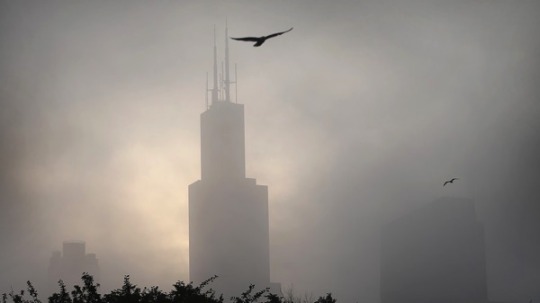
Olson, Scott. Fog chicago. 2014.
0 notes
Photo
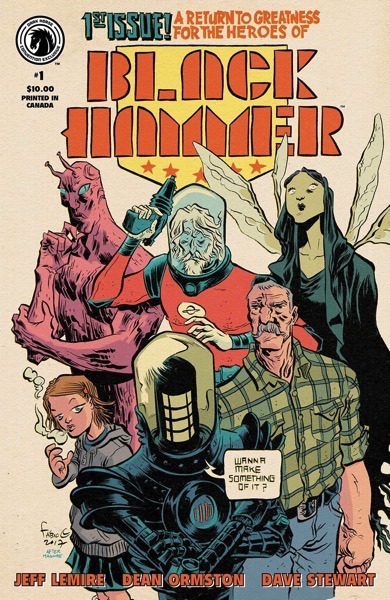
Moon, Fabio. Black Hammer San Diego Comic Con Exclusive. 2017.
1 note
·
View note
Photo

Metra Monthly Ticket. February 2007. "Winter Wonderland"
1 note
·
View note
Photo

Metra Monthly Ticket. September 2006. "Make Safety Part of the Lesson Plan"
0 notes
Photo

Metra Monthly Ticket. October 2006. "Autumn in Chicago"
0 notes
